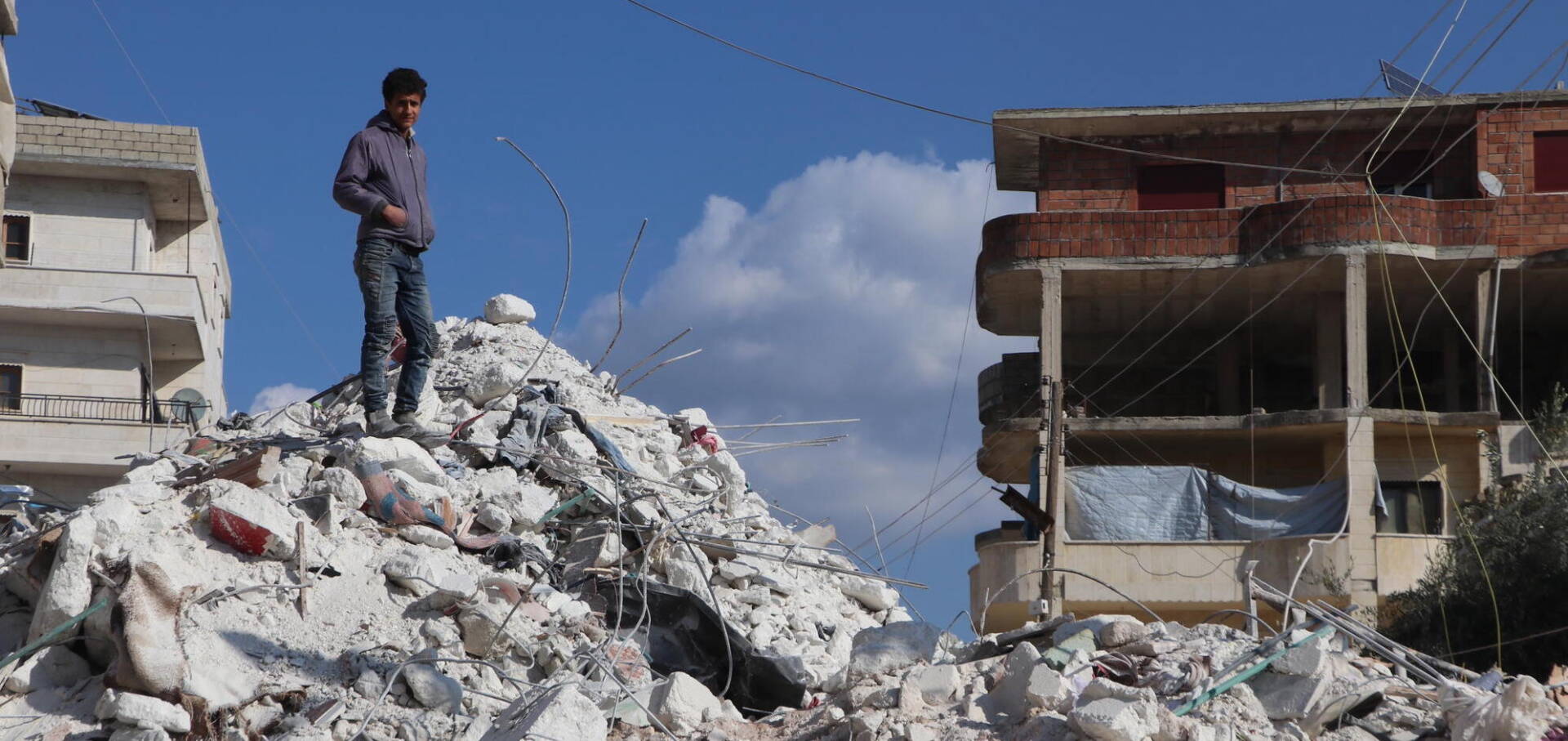World Vision’s global director for humanitarian operations, Isabel Gomes, is a 25-year humanitarian aid operations veteran based in Geneva, Switzerland. She is an experienced global donor engagement, resource development, strategy, operations, and policy leader who shared with us several reflections on key lessons from earthquake responses. The learnings aren’t what you might expect!
***
Haiti. Indonesia. The Philippines. Syria and Türkiye (Turkey). World Vision is a trusted global partner in responding to major earthquakes that claim the lives of hundreds or thousands, destroy infrastructure, and demolish homes. We grieve each time one occurs. But with each one, we learn more about the best ways to respond to this devastating force of nature. Key lessons include:
- Check in on our staff — The majority of World Vision’s staff and volunteers are from the local community. We can’t forget that their homes may also be damaged or destroyed, and their families displaced and distressed. In the midst of chaos, looking after our staff so they can then look after others is key to an effective and sustained response.
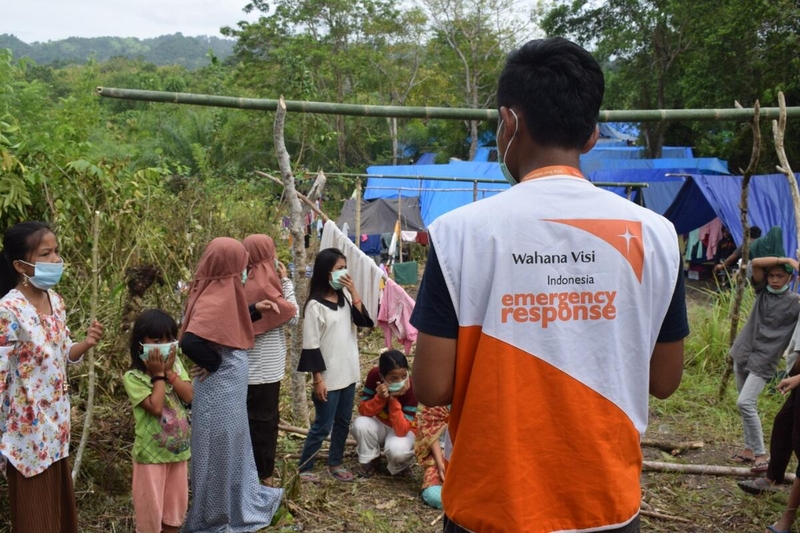
- Assess the needs and coordinate — In the first hours and days following an earthquake, we work with local authorities, other nongovernmental organizations (NGOs), and the United Nations. We begin conversations with the local community, including both residents and leaders, to identify the needs and gaps. Context matters. If shops and roads are still working and open, then delivering cash to survivors may be better than trucking in food and clogging up roads. Coordination is critical. Double-delivering aid to some people and getting none to others not only wastes resources and time, but fails to efficiently help the most people, which is why aid agencies, the government, and the U.N. are careful to work closely together.
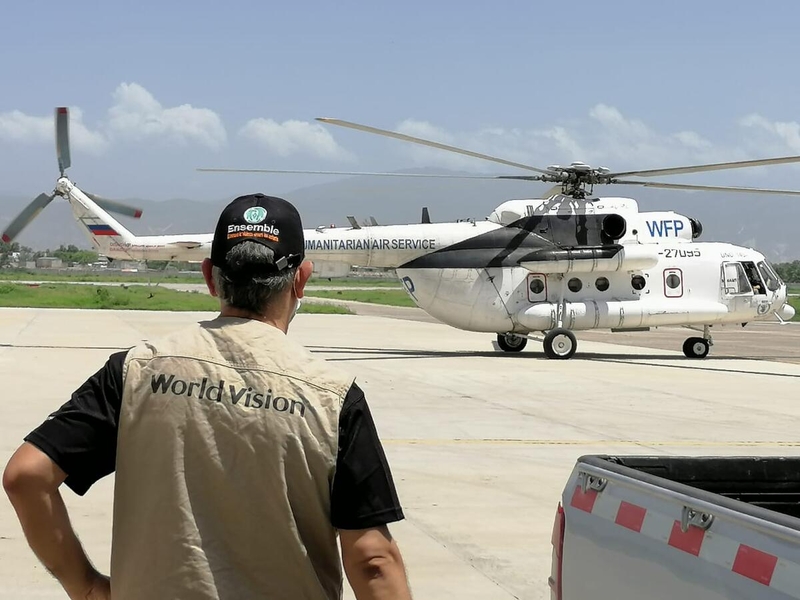
- Ensure children are protected — While it is vital to get life-saving aid to survivors, children need special care to deal with the invisible impacts of earthquakes that can leave them mentally and emotionally scarred. This means providing safe spaces to play and regain a sense of normalcy, plus psychosocial support and educational stimulation. These spaces also help minimize the risk to children of violence from survivors who are hugely stressed after having their lives turned upside down. Plus, they keep children away from those who might exploit their extreme vulnerabilities, resulting in atrocities like trafficking, sexual abuse, and child marriage.
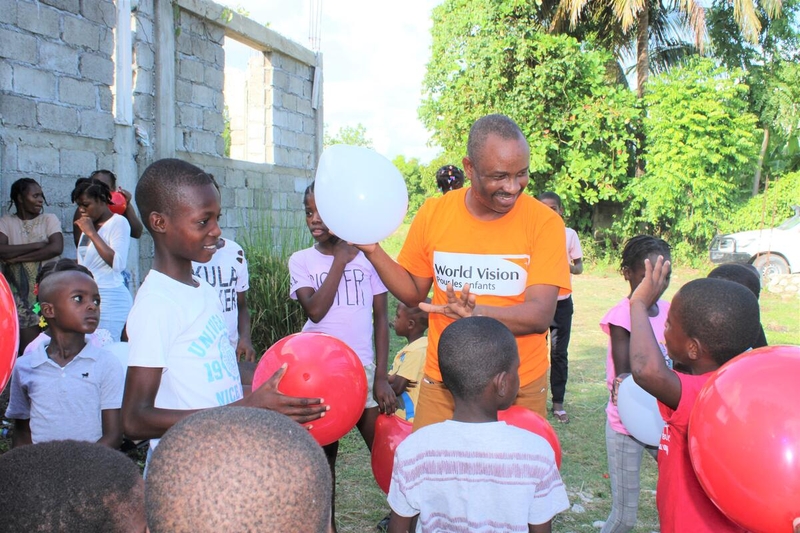
- Partner with locals — The first responders to emergencies are from the local community and in many cases include our own local staff. They speak the language and know the context, and they have connections to others in the area who can help. Wherever possible, we also partner with local organizations, support their efforts, and build their skills so that local civil society emerges from the disaster stronger and more equipped to respond to and recover from future crises.
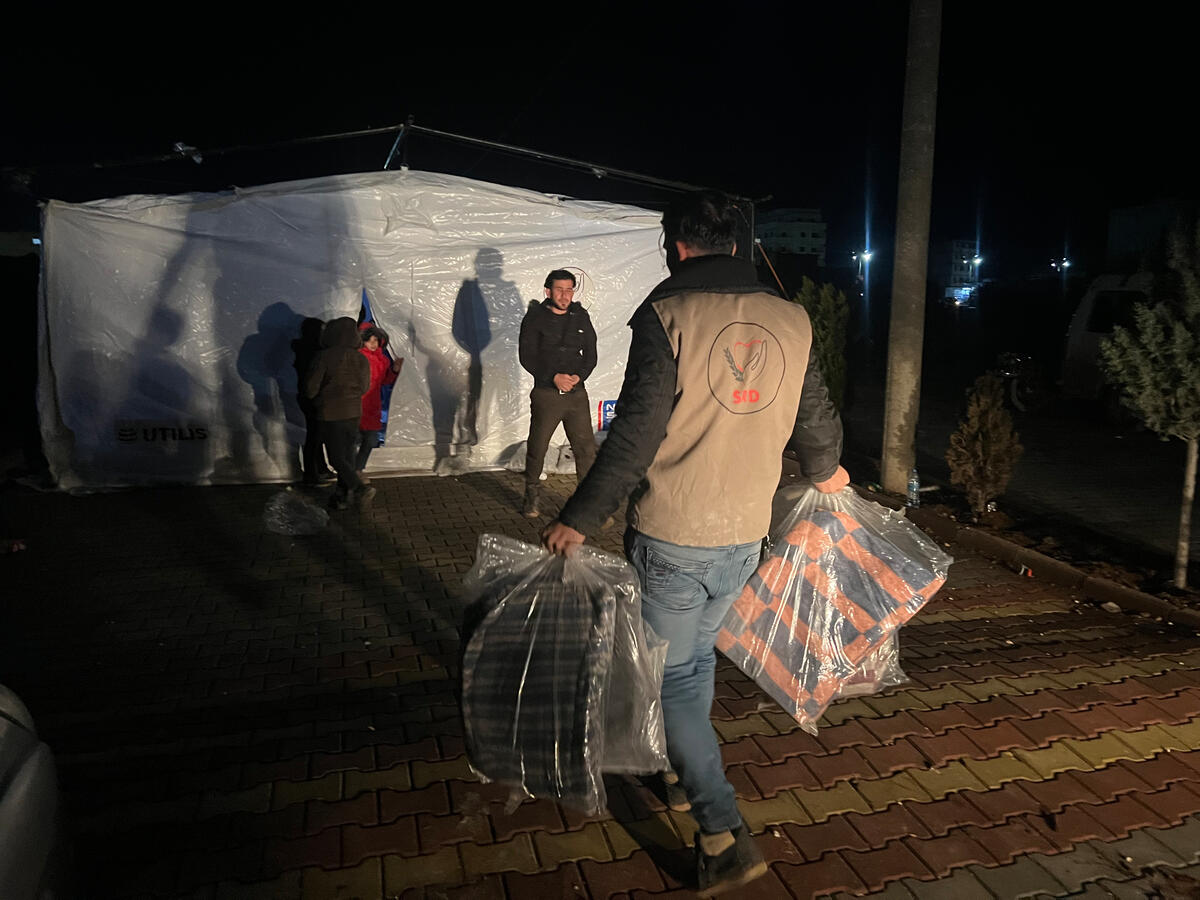
- Treat survivors as partners — We work to honor the dignity and agency of survivors. Ways we do this include distributing cash so they can purchase what they most need, as well as delivering specialized items and assistance to meet the unique needs of different groups — like feminine hygiene products for women, targeted help for those with disabilities, public health and child protection messages, and skills training for those working to rebuild their lives. We listen to survivors and invite them to tell us what we’re doing well or not so well so we can make necessary adjustments. Survivors are not helpless. They have rights and the ability to take ownership of rebuilding their lives and livelihoods.
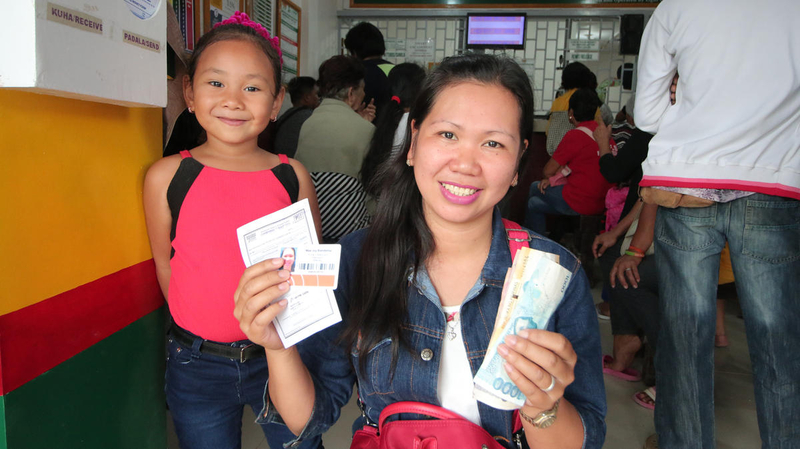
Only with the generous help of our supporters and grant donors can we quickly act to support children and families affected by devastating natural disasters like earthquakes. And it is only through the courage and commitment of our staff and partners that we are able to meet overwhelming needs with God’s love and hope.
Learn more about World Vision’s work to help children during crises here, and read our publications from previous earthquake responses here.
